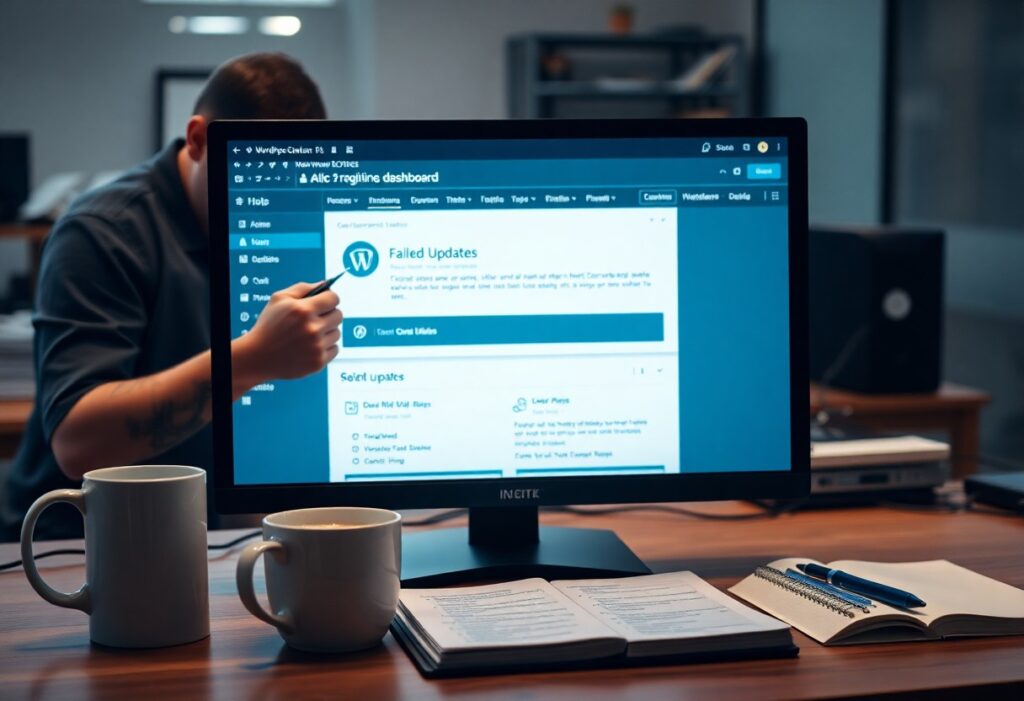This guide will help you effectively resolve theme conflicts in your WordPress site, ensuring that your website runs smoothly and looks the way you want. Theme conflicts can arise from various sources, including plugin incompatibilities, outdated themes, or coding errors. Here’s how you can identify and fix these issues to restore your site’s functionality.
Start by determining whether your current theme or any of the plugins you have installed are causing the conflict. To do this, you will need to conduct a systematic troubleshooting process:
- Backup Your Site: Before making any changes, ensure you create a complete backup of your site. Use a reliable plugin or your hosting provider’s backup solution to save your database and files.
- Switch to a Default Theme: Change your active theme to a default WordPress theme (like Twenty Twenty-Three) for testing. Go to Appearance > Themes, and activate a default theme. Check if the issue persists. If your site functions correctly, it’s likely your original theme is causing the conflict.
- Deactivate Plugins: If switching themes didn’t resolve the issue, deactivate all of your plugins. You can do this by going to Plugins > Installed Plugins, and choosing to deactivate all of them. Check if this resolves the conflict. If your site returns to normal, reactivate your plugins one at a time. This will help you identify which plugin is responsible.
- Check Theme and Plugin Compatibility: Sometimes, certain plugins may not be compatible with specific themes. Visit the plugin documentation or support forums for insights on potential conflicts. It may help to check for updates for both your theme and plugins.
- Inspect Theme Customization: If the problem still exists after testing plugins, review your theme customizations. If you made custom changes directly in your theme files, revert those changes to see if they are causing the conflict. Consider moving customizations to a child theme to protect them during updates.
- Enable Debugging: If you haven’t resolved the issue yet, enabling debugging in WordPress may provide more insight. Open your wp-config.php file and set the WP_DEBUG constant to true:
define('WP_DEBUG', true);. This may highlight errors that can lead to identifying the issue. - Seek Support: If you’re still facing issues, reach out for help. Check the support forums for your theme or plugins. You can also consult WordPress communities or hire a developer if necessary.
Once you have identified and resolved the conflict, make sure to keep everything updated. Regular updates to your themes and plugins are necessary for compatibility and security. Maintaining a stable and conflict-free WordPress environment will enhance the performance of your site and improve user experience.
By following these steps, you can efficiently tackle theme conflicts and ensure your WordPress site operates as intended.




